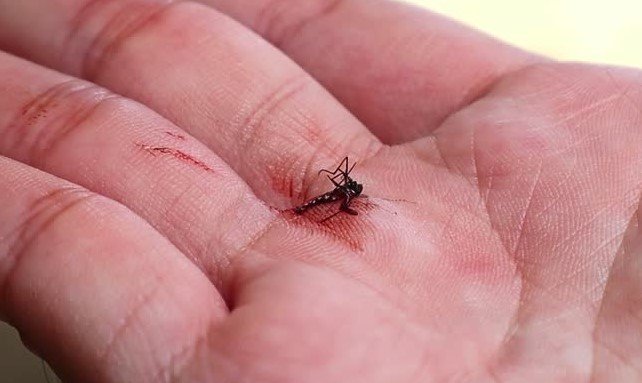China is currently facing a chikungunya outbreak with about 7,000 cases centered in Guangdong Province. The mosquito-borne virus, notorious for causing severe joint pain and fever, is raising alarms, especially for nearby countries like India, where monsoon season brings similar conditions ripe for mosquito breeding.
What exactly is chikungunya and how does it spread?
Chikungunya is a viral disease carried by Aedes mosquitoes—those same pesky Aedes aegypti and Aedes albopictus known for spreading dengue and Zika. The virus was first spotted in Africa back in 1952 but has since traveled far and wide. Once bitten by an infected mosquito, symptoms tend to show up between three to seven days later.
People often face intense joint pain, fever, headaches, muscle aches, swelling, and sometimes rashes. Usually, the symptoms clear up in a couple of weeks, but here’s the kicker—sometimes that joint pain sticks around for months or even years. A microbiologist interviewed by Scientific American pointed out that the virus can occasionally cause heart damage. And yes, it can be fatal, mostly for the elderly, babies, or those with weakened immune systems.
No specific antiviral meds exist for chikungunya, and while there’s no widespread vaccine, some travelers to outbreak zones get recommended shots. The US CDC stresses prevention because once bitten, treatment options are limited.

China’s outbreak and its response: What’s going on?
The sudden spike in cases—nearly 7,000—has Guangdong province on edge, especially Foshan city. The government isn’t messing around. They’ve rolled out mosquito nets and are aggressively spraying insecticides in neighborhoods, streets, and work areas.
Reports mention strict quarantine measures, with infected individuals hospitalized under enforced protocols that some compare to China’s tough COVID lockdowns. It’s a tough stance that shows how seriously they’re treating the threat.
Mosquito control isn’t a small operation either. Soldiers are out fogging streets and parks, while community workers are hunting down stagnant water where mosquitoes breed. The government is clearly trying to hit the problem from every angle.
Who’s at risk beyond China?
Chikungunya thrives in tropical and subtropical climates. Apart from Guangdong, the CDC has flagged outbreaks in places like Bolivia, Kenya, Madagascar, Mauritius, Somalia, Sri Lanka, and a few others. The list of countries at risk reads like a travelogue of warm-weather hotspots—Brazil, Colombia, India, Mexico, Nigeria, Pakistan, the Philippines, Thailand, and more.
The takeaway? This virus is not some distant, exotic threat. It’s knocking on India’s door.
Why India should take this seriously
India’s climate during monsoon is basically mosquito heaven: warm, humid, and wet. Conditions mirror Guangdong’s, making it prime real estate for Aedes mosquitoes. The Chinese outbreak should light a fire under Indian public health authorities to amp up mosquito control efforts.
Stopping chikungunya isn’t rocket science but it requires consistent vigilance. Simple measures like wearing long sleeves, slathering on mosquito repellent, and staying indoors at peak mosquito hours help. Clearing stagnant water around homes is critical since those puddles are breeding grounds for millions of mosquitoes.
If you do get bitten and develop symptoms, rest is your best friend. Stay hydrated, and for goodness’ sake, see a doctor. It’s important to rule out other illnesses like dengue or malaria that can look similar.
Snapshot: Potential exposure risk across select countries
| Country | Outbreak Status | Risk Level | Recent Actions |
|---|---|---|---|
| China | Active outbreak | High | Mosquito spraying, quarantines |
| India | At-risk environment | Elevated | Surveillance, public advisories |
| Brazil | Sporadic outbreaks | Elevated | Mosquito control campaigns |
| Kenya | Ongoing outbreaks | High | Community fogging |
| Sri Lanka | Reported cases | Moderate | Vector control programs |
The table shows just a few examples but underscores how chikungunya is a regional problem needing cross-border awareness.
What lies ahead?
With climate change and urbanization speeding up mosquito spread, chikungunya isn’t going away anytime soon. The India-China border and travel links mean viruses don’t respect national boundaries. This outbreak is a sharp reminder that infectious diseases lurk in the shadows, ready to jump when conditions align.
India’s monsoon is more than just heavy rains and floods; it’s also a call to stay alert about diseases carried by mosquitoes. The government, health workers, and citizens need to team up to curb mosquito populations and protect vulnerable communities.
In the end, the goal is simple — keep the mosquitoes away and don’t let chikungunya catch us off guard.
